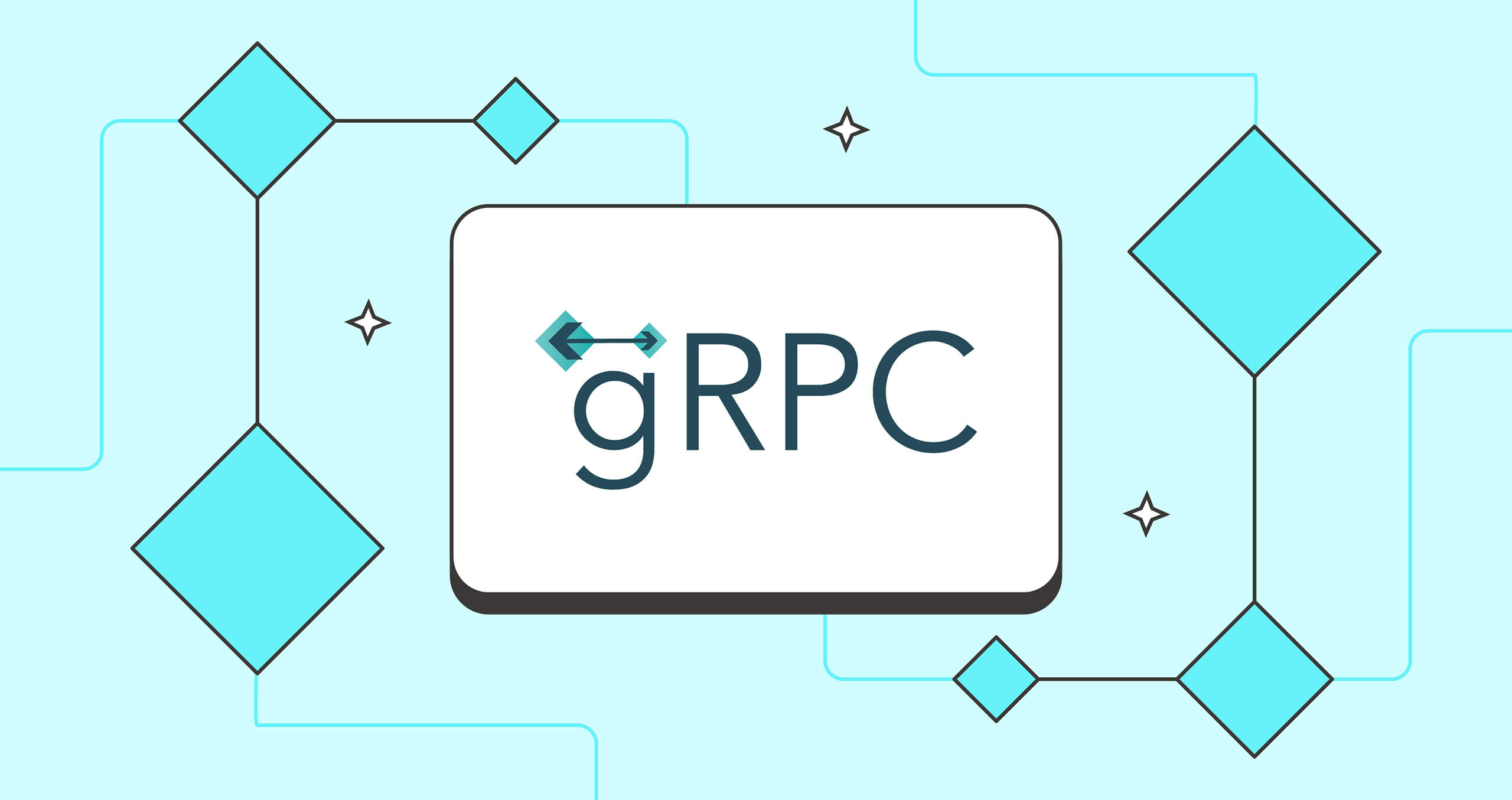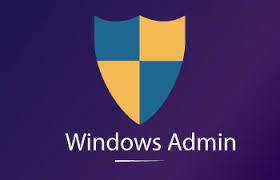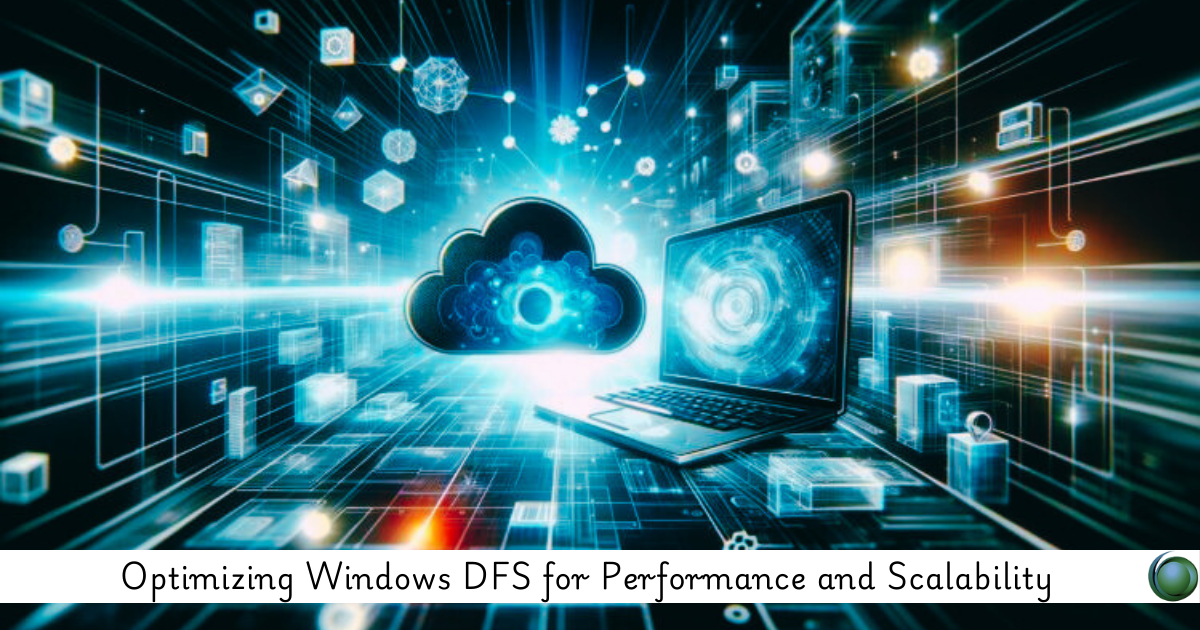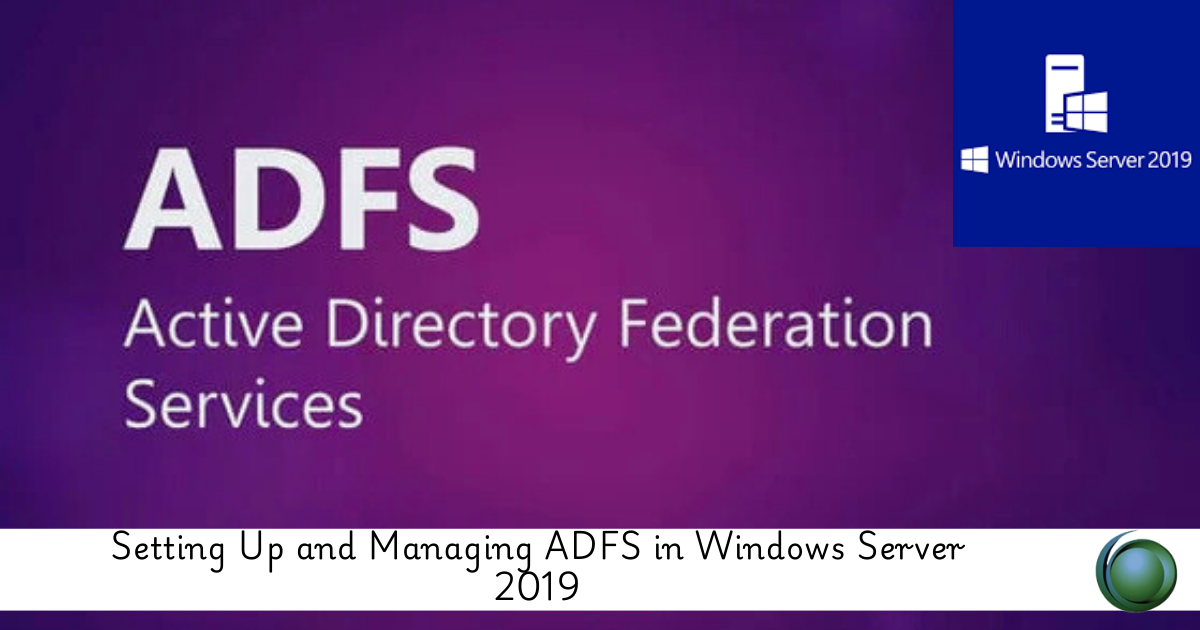Description
Introduction of gRPC and IP Networking
gRPC is a high-performance, open-source and language-agnostic remote procedure call (RPC) framework that has gained popularity for its efficiency and flexibility in building distributed systems. When combined with IP networking, gRPC allows for seamless, secure, and fast communication between clients and servers over a network. This training covers both gRPC fundamentals and advanced IP networking concepts, providing a comprehensive understanding of how to implement and optimize gRPC in real-world networking environments.
Prerequisites:
- Basic understanding of computer networking concepts, including IP addressing and protocols.
- Familiarity with client-server architecture and API development.
- Experience with at least one programming language (e.g., Go, Python, Java) is beneficial but not mandatory.
- Knowledge of HTTP/2 and its features would be helpful.
TABLE OF CONTENT
1: Introduction to gRPC
1.1 Overview of Remote Procedure Call (RPC)
1.1.1 History and evolution
1.1.2 Advantages over traditional RPC
1.1.3 Use cases
1.2 Introduction to gRPC
1.2.1 What is gRPC?
1.2.2 Key features and benefits
1.2.3 Comparison with other RPC frameworks
1.3 gRPC Architecture
1.3.1 Service definition
1.3.2 Protocol Buffers
1.3.3 Server and client components
1.3.4 Data serialization and deserialization
2: Setting Up and Configuring gRPC
2.1 Installing gRPC
2.1.1 Language-specific installations (e.g., Python, Java, C++)
2.1.2 Required dependencies
2.2 Creating a Simple gRPC Service
2.2.1 Defining a service interface
2.2.2 Implementing server and client
2.3 gRPC Code Generation
2.3.1 Generating code with Protocol Buffers
2.3.2 Handling generated code
3: Advanced gRPC Concepts
3.1 Unary and Streaming RPC
3.1.1 Simple RPC (Unary)
3.1.2 Server streaming RPC(Ref: Advanced IT Infrastructure and Management)
3.1.3 Client streaming RPC
3.1.4 Bidirectional streaming RPC
3.2 Error Handling and Status Codes
3.2.1 Handling errors in gRPC
3.2.2 Status codes and their meanings
3.3 Interceptors and Middleware
3.3.1 Modifying requests and responses
3.3.2 Use cases for interceptors
4: IP Networking Basics
4.1 Introduction to IP Networking
4.1.1 Overview of the OSI model
4.1.2 TCP/IP protocol suite
4.2 IP Addressing and Subnetting
4.2.1 IPv4 vs. IPv6
4.2.2 Subnetting and CIDR notation
4.3 Routing and Switching
4.3.1 Basic routing concepts
4.3.2 Switching technologies
5: Integrating gRPC with IP Networking
5.1 Networking for gRPC Services
5.1.1 Host configurations
5.1.2 Port allocation and management
5.2 Security in gRPC
5.2.1 Transport Layer Security (TLS)
5.2.2 Authentication and authorization
5.3 Load Balancing and Service Discovery
5.3.1 Load balancing strategies
5.3.2 Service discovery mechanisms
Conclusion:
Mastering gRPC and IP networking equips professionals with the skills to design, implement, and optimize efficient communication systems in distributed environments. By understanding both the foundational concepts and advanced techniques in networking and gRPC, participants can build scalable, secure, and high-performance applications that meet modern business requirements. This training provides the expertise needed to stay ahead in the evolving world of networked applications.







Reviews
There are no reviews yet.